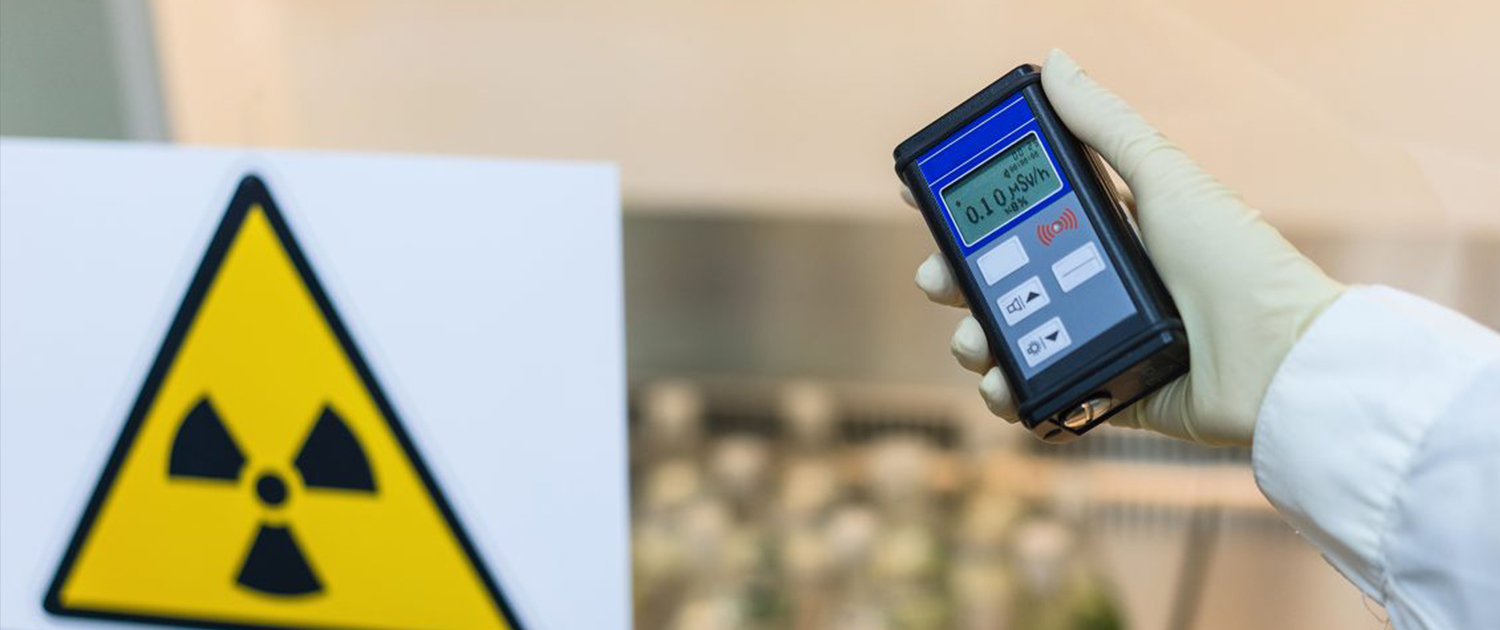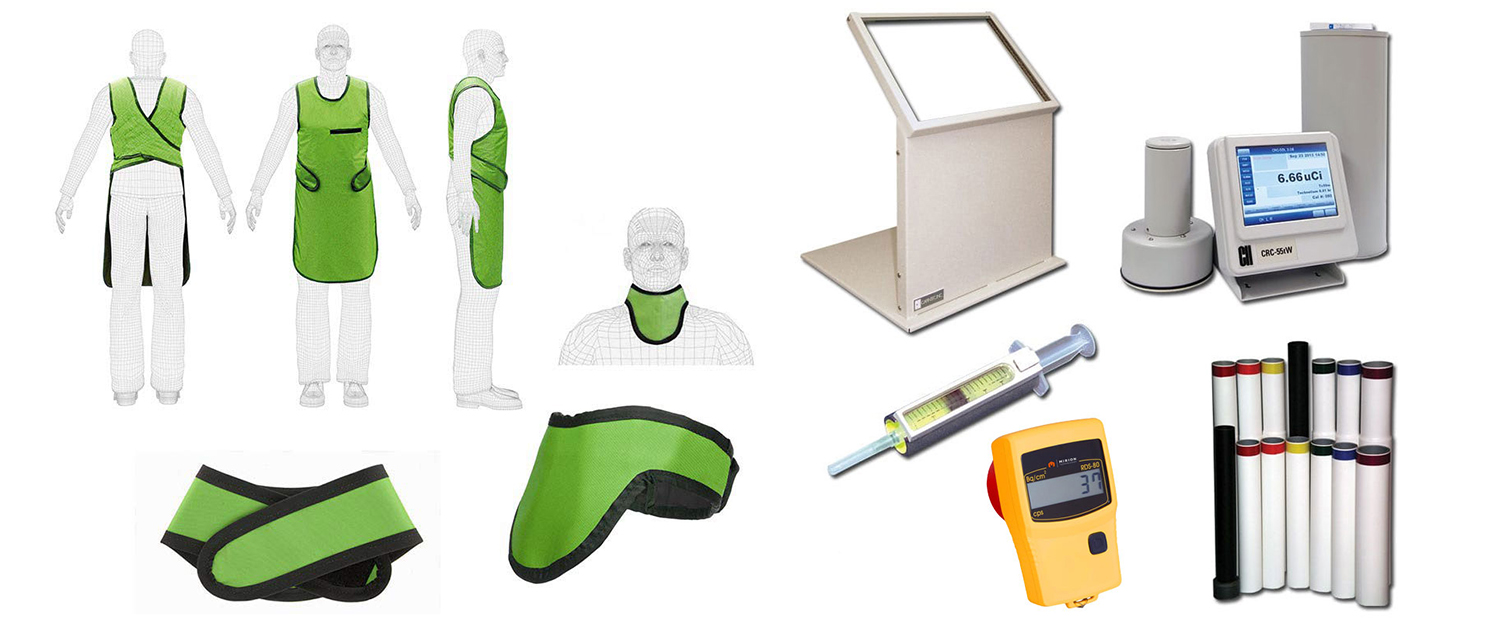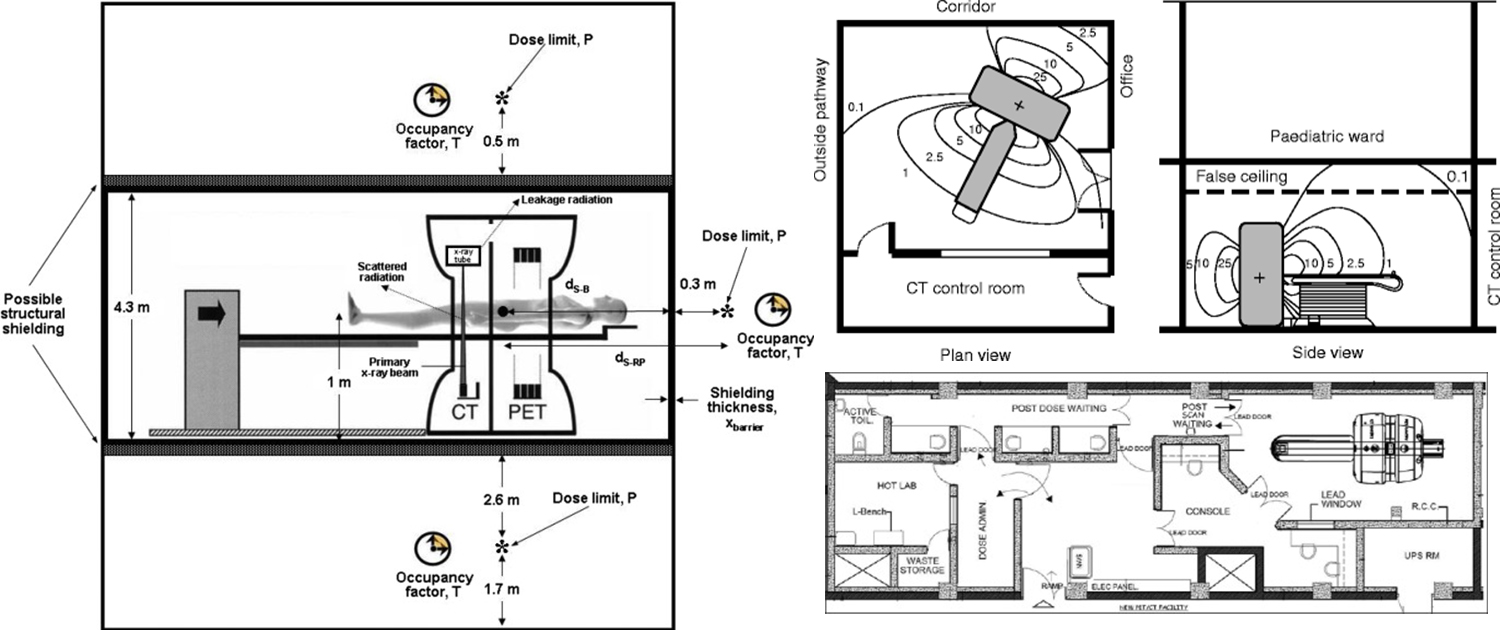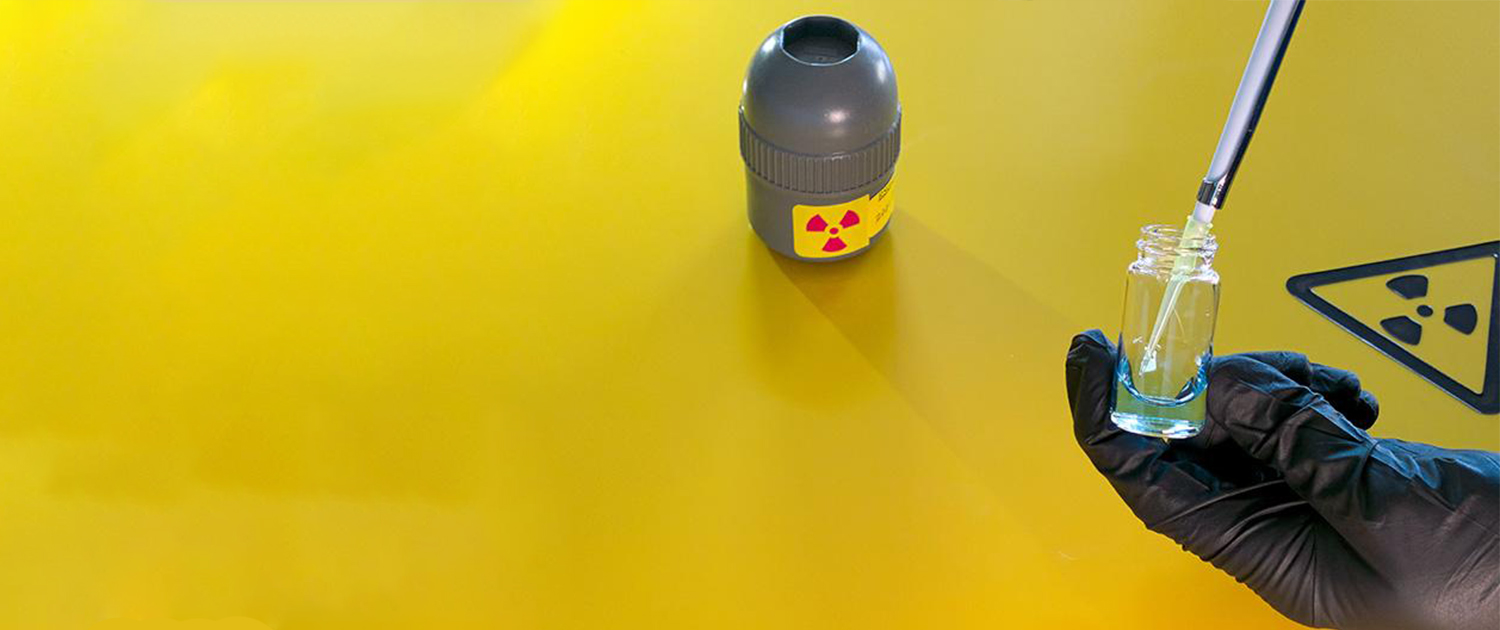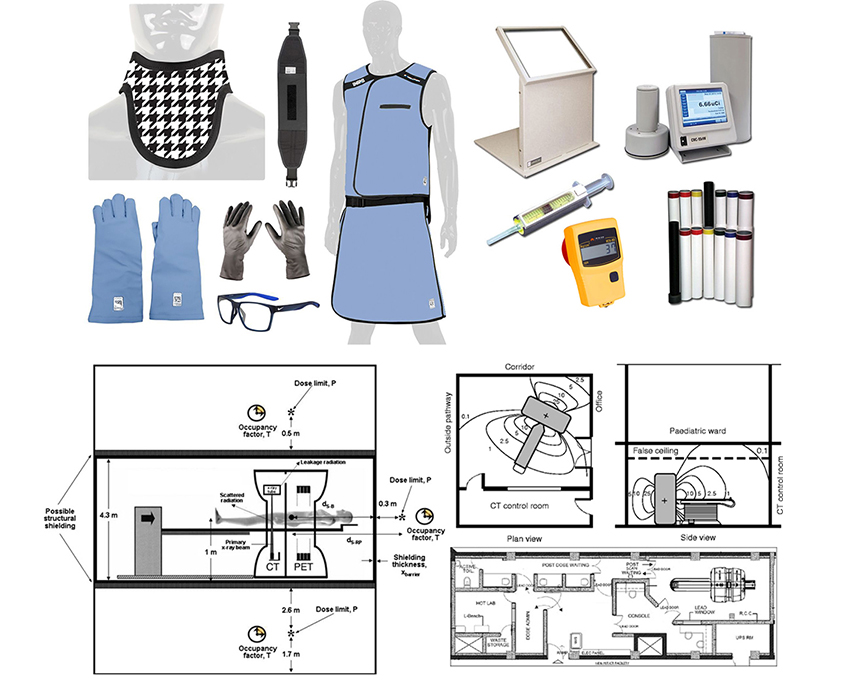In both clinical and preclinical settings, nuclear medicine is a key diagnostic and therapeutic tool that relies on the use of radioactive isotopes. However, the use of these isotopes comes with inherent risks due to their ionizing radiation. To mitigate these risks, it is critical to use shielding materials to limit radiation exposure to both patients and healthcare workers. Shielding materials such as lead and concrete are commonly used to block radiation, and the amount of shielding required depends on factors such as the type and amount of radioactive material being used, the duration of exposure, and the distance between the source and the individual.
Correct calculation of shielding requirements is of utmost importance to ensure that the appropriate level of shielding is in place.
Incorrect calculations can result in insufficient shielding, which can lead to unnecessary radiation exposure and associated health risks. Conversely, over-shielding can result in excess costs and unnecessary weight or space requirements. To accurately calculate the amount of shielding required, multiple factors need to be taken into consideration, such as the energy of the emitted radiation, the half-life of the radioactive material, the distance from the source to the target, and the type and thickness of the shielding material. The proper calculation requires expertise and specialized knowledge in the field and should be performed by qualified professionals with experience in radiation shielding design. Overall, correct calculation and implementation of shielding measures are essential for ensuring the safety of both patients and healthcare workers in nuclear medicine sessions, both in clinical and preclinical settings.
You can find information and description of implementing radiation shielding in the following.
Determine Radiation Exposure Levels
This step involves assessing the amount and type of radiation emitted by the radioactive material being used and calculating the expected radiation exposure levels for healthcare workers and patients.
Select Shielding Materials
This step involves selecting appropriate shielding materials such as lead, concrete, or steel to reduce radiation exposure to safe levels.
Calculate Shielding Thickness
This step involves using mathematical models and radiation transport codes to determine the appropriate thickness and placement of shielding materials to achieve the desired level of radiation attenuation.
Shielding Design and Construction
This step involves designing the shielding system layout and constructing the shielding components to ensure they meet the required specifications and adhere to safety standards.
Shielding Testing and Inspection
This step involves performing periodic inspections and testing of the shielding system to ensure it is functioning correctly and remains effective over time.
Regulatory Compliance
This step involves ensuring compliance with local and national regulatory requirements and standards for radiation safety in nuclear medicine sessions.
What can we do for you?
At our company, we offer a comprehensive range of services related to radiation shielding calculation and design, radiation protection consultancy, and radiation dose calculation. We have extensive experience in providing these services for a variety of facilities, including clinical and preclinical nuclear medicine facilities, x-ray imaging, CT scan, and micro-CT scan facilities. Our team of experts is equipped to handle all aspects of radiation protection, from designing and optimizing shielding for radiation-emitting equipment to providing guidance on radiation protection requirements for various types of facilities. We are committed to delivering professional, efficient, and high-quality services to ensure the safety of both patients and staff in these facilities.
To register your research project with our company, please register your project through the “Contact Us” page on our website and fill out the required fields, including your name, email address, and project details.
We will review your submission and contact you as soon as possible to schedule a free virtual meeting with our specialists, who can provide guidance and support for your project.

